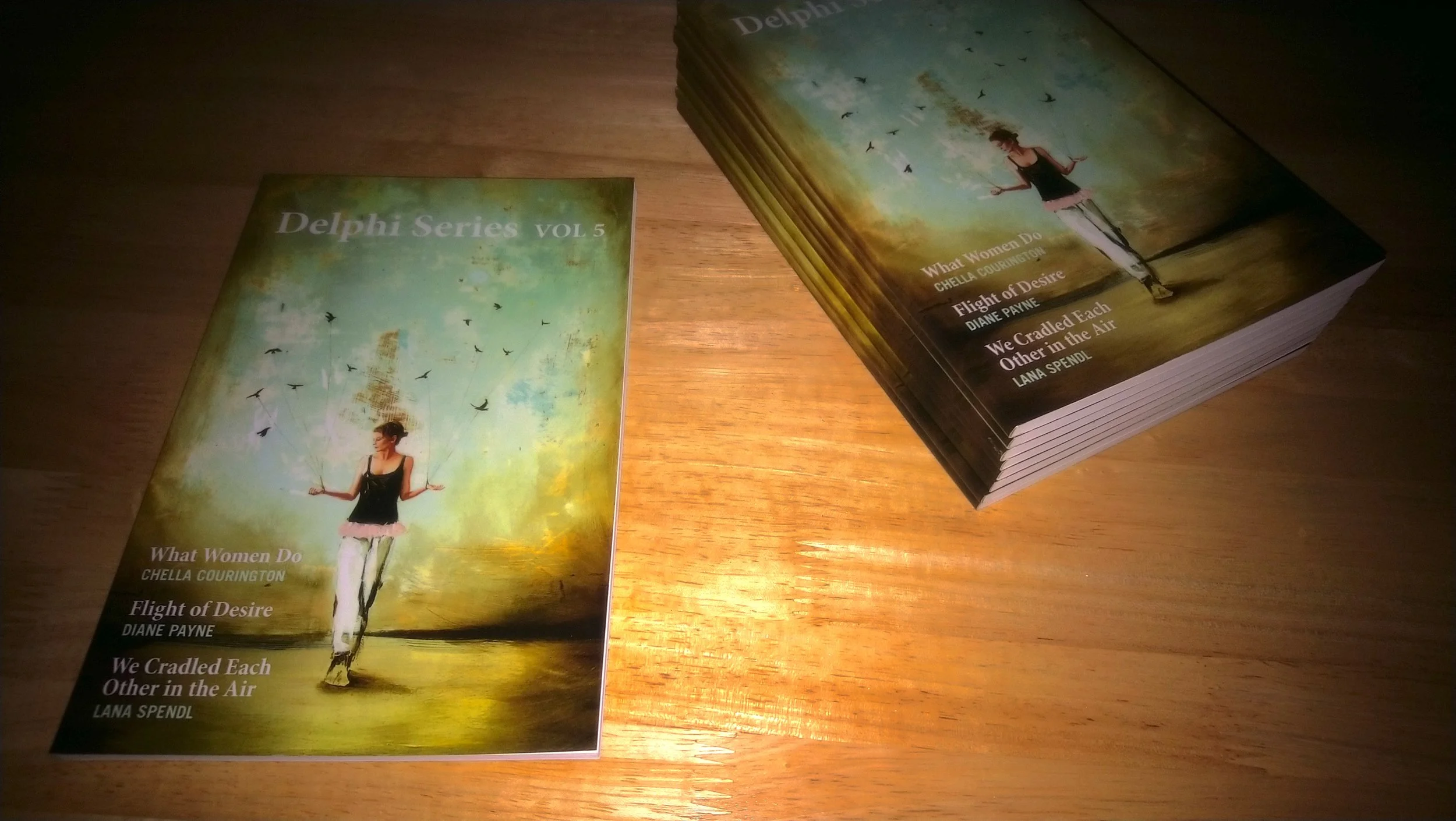by Siena Oristaglio
Two performers, Asun Noales and Sebastian Rowisnki,
stand in a circle of small jaguar heads.
The heads are sculpted from pearl-white plastic
by an artist named Susana Guerrero.
The heads are perfectly identical.
Their mouths stretch agape, as if caught mid-roar.
Beyond rows of jagged teeth,
each throat swells with inky black.




















